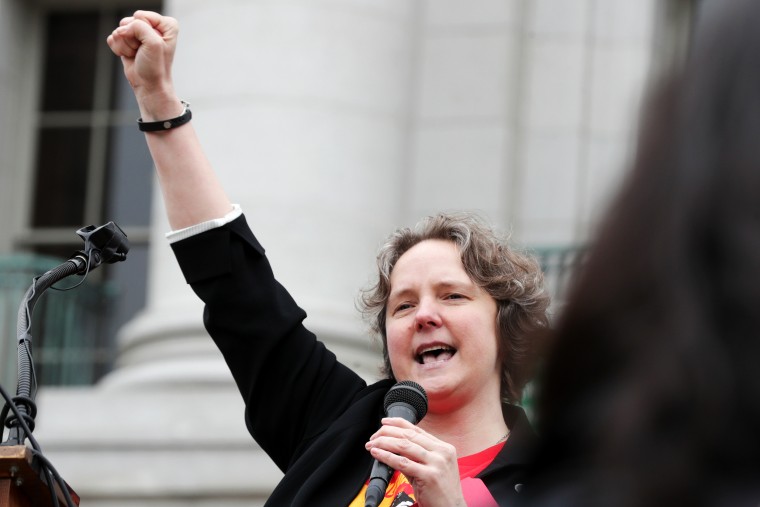A Concept in Action: Free Cash Programs
As the battle against poverty continues, numerous modern cities are resorting to an innovative approach to aid their less-fortunate residents: free cash programs. An increasing number of cities worldwide are experimenting with the implementation of variations of these programs, providing monthly cash allotments to low-income residents with no strings attached. The object of the initiative is not only to address immediate financial needs, but also to generate longitudinal data on its impacts.
One striking aspect of these free cash programs, which set them apart from conventional welfare schemes or unemployment benefits, is that they typically come with no stipulations. This implies that the beneficiaries have full discretion over how they should utilize the funds – be it on groceries, rent, tuition, or any other pressing needs. This flexibility of the program acknowledges the unique situations of each individual or household and refrains from imposing a one-size-fits-all strategy for poverty alleviation.
Pilot Projects Around the Globe
Leading the way in experimenting with free cash programs are municipalities like Stockton, California, and Newark, New Jersey. Stockton, in its well-publicized 18-month pilot program, provided 125 residents with $500 monthly for a year and a half. The outcomes were remarkably positive: increased full-time employment, decreased financial instability and mental stress, and recipients were able to find time for interviews and job applications.
Newark, on the other hand, has taken a more comprehensive step by launching a task force to explore creating a broader guaranteed income program. Meanwhile, overseas, cities like Helsinki, Finland, have also explored similar cash transfer programs.
Positive Impact on the Community
The power of these free cash programs to combat poverty lies in their simplicity and flexibility. The recipient can inject the cash into their immediate community, supporting local businesses and bolstering the economy. This can stimulate neighborhood revitalization, as more resources become available locally.
For instance, data from the Stockton Economic Empowerment Demonstration showed that 40% of the funds were spent on food, while a significant percentage went towards utility bills and auto care. This suggests that these programs not only enhance individual lives but contribute to local economic ecosystems as well.
These programs also have the potential to greatly diminish the stigmatization usually associated with receiving public aid. With indiscriminate cash transfers, there are no in-depth invasive inquiries into recipients’ lives, which often cause discomfort and a sense of shame.
The Potential of Technology
The rise of digital platforms and fintech solutions






























